Paul Benedict on Entrepreneurship in the Age of AI
Key Points
-
Ohio University’s AI initiative teaches students to integrate AI tools into their workflows, fostering innovation and adaptability.
-
Through rapid prototyping and customer discovery, students learn to solve real-world problems creatively and effectively.
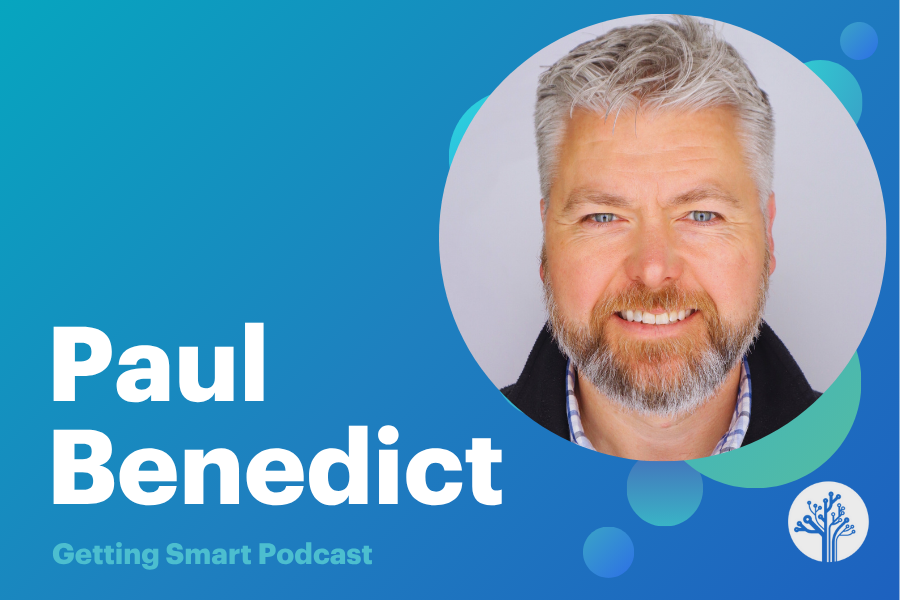
In this episode of the Getting Smart Podcast, Tom Vander Ark speaks with Paul Benedict, associate professor and executive director of the Center for Entrepreneurship at Ohio University, about their groundbreaking AI initiative. In just two years, the College of Business transformed how students think about AI, entrepreneurship, and real-world problem-solving. From rapid prototyping workshops to AI-powered business solutions, Paul shares how Ohio University is preparing students to be AI-capable and thrive in a tech-driven world. Don’t miss this inspiring conversation about future-ready learning and innovative uses of AI in education.
Outline
- (00:00) Introduction to Ohio University’s AI Initiative
- (14:21) Five Key Areas of AI Application
- (18:03) Entrepreneurial Mindset and Career Paths
- (22:05) AI Programs and Curriculum Integration
- (25:54) Leadership and Future Initiatives
Introduction to Ohio University’s AI Initiative
Tom Vander Ark: The College of Business at Ohio University launched a hands-on initiative in the fall of 2024 with the goal of making every student not just AI-aware, but AI-capable. In two years, it has become a great example of a responsive university leading in AI and entrepreneurship. You’re listening to the Getting Smart Podcast.
I’m Tom Vander Ark, and we’re pleased today to be joined by Paul Benedict. He’s an associate professor at Ohio University and the executive director of the Center for Entrepreneurship. Welcome, Paul.
Paul Benedict: Thanks, Tom. I really appreciate it.
Tom Vander Ark: I was really excited to learn a month ago about this AI initiative at the College of Business at Ohio University. You’ve been there 15 years, I guess, and leading the center for five after a career as an investor and operator. What’s the origin story of your rapid and seemingly successful response to the rise of generative AI?
Paul Benedict: Well, I appreciate the question. I think the things that are clear to me—or I think are clear to me—are that AI is here to stay. It has the potential to be transformative. I think it’s more likely than not that it will be transformative. I’m old enough to have started my career in finance and startups during the first internet boom in the 1990s, and I would assert that where we are in AI is probably comparable to where we were with the internet in 1994. If you think about the impact of the internet, mobile technology, etc., over the last 30 years, imagine that level of impact from AI in the next 30 years. I think it’s possible that it could even be an order of magnitude greater.
So, I come at this thinking about what people need to know to succeed, thrive, recognize opportunity, and take advantage of it. Obviously, there’s a lot of discussion about jobs going away and AI taking jobs. Some of the headlines are sensational. Some of the studies about it are good; some are less good. What I think is probably a safe bet is that the people who master the tools, think about how to build them into their workflow, become more efficient, and get to a higher level of thinking and productivity—they’re going to win. The people who don’t engage or don’t learn how to use this stuff will lose. So, I am deeply passionate about what we can do to prepare our students to thrive in this new environment.
Tom Vander Ark: Did the Center for Entrepreneurship start five years ago?
Paul Benedict: No, it was formed in 2010 and became operational in 2011 or 2012. That was before I was here. So, we’re still relatively young. Certainly, the things we’ve done post-pandemic and the way we’ve grown post-pandemic are a little different than pre-pandemic. It was probably not great timing on my part to take over the center in 2020, but here we are.
Tom Vander Ark: Well, you’d agree that entrepreneurship is more important than ever, and the opportunity set is really unparalleled. I appreciated a recent article where you said AI is helping a lot more people launch new businesses better, faster, and cheaper. For young people, while some employment reports suggest a dampening of early career opportunities, the opportunity to start something has never been better. It strikes me that entrepreneurship, not only in business but across the university, has never been more important. It feels like you stepped into that leadership role in entrepreneurship just in time to catch this wave.
Paul Benedict: Yeah, I think that’s a good point, and I agree with you. I aggressively agree with you. The time and cost to start something, to test an idea, just keeps plummeting. I’m old enough to remember if you wanted to sell something on an e-commerce site in the late 1990s, you were talking about months to a year and hundreds of thousands of dollars invested to get started. Now, in a class of 30 students, I can have them launch a Shopify site during our class period, basically for free. The technologies are just getting crazier and crazier.
Are you aware of a tool called Replit? It’s one of the coding tools. I demoed it in a class this morning. The students were talking about a problem they wanted to solve related to tracking assignments. I’m not a developer—I’ve been around software startups, but that’s not my background. In basically the class period, we went from idea to a functioning application that could pull data from Canvas and present it to students with information like due dates and what’s overdue by subject. It’s remarkable. The question is how creatively you can think about the problems you want to solve. When you find a meaningful one, don’t let your perception of what you’re good at or not good at stand in your way.
Tom Vander Ark: I read about a rapid prototyping workshop that you run, and I got a preview that this has become part of your programming. Instead of just writing a business plan, you can, in an hour or two, really prototype a new business model.
Paul Benedict: Yep. We talk about customer discovery. The lean launch methodology is that you have an idea, a hypothesis, and you think you understand a problem the customer wants solved. The single best thing you can do first, before forming an LLC or making a logo, is validate the problem you’re trying to solve with the customer. There are a lot of ways to do it. Interviews are one of the best, but if you can put a message or a minimum viable product of your idea out into the world and get people to interact with it and express interest, that is even more powerful—or at minimum, a great supplement to customer discovery interviews. Those are skills and capabilities that were previously harder to access if you didn’t have certain technical backgrounds.
Tom Vander Ark: Let’s go back to the origin story of this initiative and maybe learn a little bit more about Ohio University. You’re in southeast Ohio, in Athens—a business school with a good reputation, but I wouldn’t historically have thought of it as a hotbed of innovation. How did you mobilize this AI initiative, and how did it end up transforming the way you teach business?
Paul Benedict: Sure. Well, we are small but mighty. Athens is in the foothills of the Appalachians. The community around us struggles with poverty and all the associated challenges. From a scale perspective, we don’t have the critical mass of startups, particularly in tech, that you’ll find in larger cities. But relative to our size, we punch above our weight. There are a lot of people here who love this place. There’s something about the environment, the town—it’s the oldest school in the Northwest Territory and the first community built around the notion of putting a university there. In many ways, it’s the quintessential university town.
Our unfair advantage for people considering where to go to school is that if they visit campus, they’re probably going to get hooked. We’ve got that going for us.
In terms of the AI initiative, we’re always focused on our brand, which is student-centered. We are a research university, an R1—not quite the same kind of R1 as the University of Michigan or our friends up Route 33 in Columbus—but our focus is on the student experience. What can we do to help there?
Our dean, Jackie Rees Ulmer, has a background in information systems. She did her dissertation in machine learning some years ago—I won’t say how many years ago—but she’s had a vision and has been very supportive. Most of the work, though, has been bottom-up from the faculty. For example, last year we were committed to making sure that every single freshman in the College of Business had enough exposure to AI capabilities to think differently about what they could do.
I’m sure you saw the data from ChatGPT last week about the 50% drop in usage correlated to the end of the school year for universities and high schools. It’s hard not to infer some things about that. The thing we’re trying to get to is not just the quickest way to answer a problem in a transactional way, but how to think differently about what’s possible and get to higher levels of thinking and critical thought with what the tools can do. That’s how we designed the exercises and experiences for the freshmen last year, and we’re trying to build on that now.
Tom Vander Ark: That’s such an important observation. I think Seth Godin noted the other day that most people are trying to automate easy stuff, but the real value is asking ourselves, “What’s the difficult stuff we could do today that we couldn’t do a year ago?” That’s what I really appreciate about your response.
The real reason I texted you as soon as I saw your article was because someone painted the side of your building green and wrote, “Experiences Required: The Best Way to Learn Business Is to Do Business.” Where did that sort of experiential, hands-on approach come from?
Shorts Content
Five Key Areas of AI Application
Paul Benedict: That has been fundamental to Ohio University’s College of Business approach since I’ve been here. I guess this is my 12th year teaching. It starts with leadership and individual faculty. In all ways, we’re trying to give students access to experiences. Employers don’t really care what you majored in or what your GPA is. They want to know what you did. We’re trying to facilitate that.
Candidly, one of the things that makes me nuts is when there’s a disconnect between what students have to do in classes and what they do outside of classes to get experiences. Those things ought to be a perfectly overlapping Venn diagram.
In all ways, we’re trying to build experiences for our students. Entrepreneurship, in particular, can’t be learned by reading textbooks. You just can’t. Even simulating it has limitations because you can’t get a handle on the emotional stakes. Part of what we try to do is make it feel more real.
We have the luxury of an alumni base that is fiercely loyal. When a student reaches out to an alum to ask for advice, I tell students all the time—and they don’t always believe me—that they’re actually doing the alum a favor. Even if the alum is the CEO of a big company, super busy, and wildly successful, hearing from a current student at OU is going to be the best part of their day. They might not get back to them right away, but it’s the best part of their day. We’re trying to facilitate that as much as possible.
Tom Vander Ark: In a recent article, you said, “We wanted students to use AI from day one purposefully and on real-world problems.” You described how the faculty outlined five big buckets of AI application areas that seem to make a difference and serve as powerful learning experiences. Tell us about those five big buckets.
Paul Benedict: Sure. The overarching goal for all of it was to get our students to critical thought about what the tools can do. We came up with five examples. They may not be exhaustive—there are certainly others—but we started with: information retrieval, summarization, idea generation, problem-solving, and analytical thinking. Then, as you mentioned earlier, we added the “lean launch in a day, test in a day” kind of thing.
Through all of those, it was about thinking differently about what we’re trying to use these tools for and getting beyond the basic, sometimes lazy, quick answer to a question where there might not be any authentic learning happening. To be candid, my attitude—and I won’t necessarily speak for everybody—is that if you have an assignment or assessment that a student can answer quickly with a language model and not learn anything in the process, it’s a design flaw in the assignment or assessment. It’s not necessarily the student’s fault for “cheating.” It doesn’t absolve them of responsibility, but we have to think about how we’re adapting to make what we give them more relevant. That’s admittedly really hard work. Redesigning an entire class is not easy, but that’s something we’re trying to do.
Tom Vander Ark: I think it’s useful to lay out the different ways students can work and learn with AI. Most of the dialogue today is dominated by the idea of AI tutoring, which is mostly around information retrieval, or by the notion of using AI to write low-level assignments. I appreciate the idea of doing more with smart tools and articulating the ways AI can be brought to bear in the learning process. I particularly like the “AI for Good” addition. It’s at the heart of entrepreneurship because it’s really about spotting opportunity and sprinting to value creation. I love the idea of using AI in that process. It sounds like you’ve incorporated that into the Center for Entrepreneurship.
Paul Benedict: We have. Fundamentally, entrepreneurship is about creating value and making the world a better place in some way. Sometimes that can be about income and wealth, which is great. My experience, both prior to the university and in startups and early-stage investing, is that it’s hard. It’s not for the faint of heart. To take that on, you’ve got to be motivated by something bigger than just wanting to get rich. There are other ways to make money. Solving a problem for a customer you care about, making your community a better place—those are the kinds of things that drive people.
Entrepreneurial Mindset and Career Paths
Paul Benedict: If you go get what we call a “Joby job” with a larger, established company, take your entrepreneurial mindset and skills there to develop new products and services. Help that company adapt, evolve, and grow. The disruption throughout the economy is only accelerating. The skills we teach—testing ideas, adapting, recognizing opportunity, and pursuing it—are exactly what employers want as well.
Truthfully, most of our students don’t immediately start companies when they graduate, and probably nor should they. That’s how we try to frame it. The other thing that I think is important is that it’s intensely personal. What is motivating to me might not be remotely motivating to you, Tom. We have to give our students the freedom to pursue the things they care about.
A lot of people talk about personalized learning, and some people are doing really well at it. I think the jury’s still out on how to get to personalized learning at scale. Ethan Mollick, a professor at Wharton, has immense respect from me. He’s talked about personalized learning at scale being some version of the holy grail. I totally agree with that. Somebody is going to develop tools and figure out a way to unlock more of that capability with AI.
Tom Vander Ark: We appreciate that you’ve even used the UN Sustainable Development Goals as a kind of problem-finding framework to encourage young people to think broadly about the problems they could take on. Was that successful in sparking interest in problem areas where young people could make a difference?
Paul Benedict: Yeah, I think so. Idea generation is a skill—it’s a muscle. You have to practice it. A lot of people’s first idea is everybody else’s first idea. We joke sometimes that we’re trying to get people past the GPS golf ball and onto ideas that are feasible and tackle more meaningful problems.
It’s certainly true that most students arrive at 18 or 19 years old with really interesting consumer experiences but not a lot of business-to-business or enterprise-level understanding. They don’t know how the other half to two-thirds of the economy functions outside of consumer-driven markets. One thing we try to do is unlock some of that thinking by directing idea generation in interesting ways.
The exercise we gave them last fall was around clean energy. We encouraged students to have a conversation with the chatbot about what they cared about most related to energy. For each student, the direction of where those ideas went was different based on what they told the GPT they cared about. It’s a small thing, but I think it’s important.
Tom Vander Ark: We appreciate that observation and the one Ethan Mollick has made. It’s a powerful example of how AI can improve entrepreneurship. I love how this has transformed the business school and, to some extent, the campus. You have a business school with a new AI concentration, and I think the engineering school has a new AI degree program. Is that right?
Paul Benedict: It does.
Tom Vander Ark: And you can add this as a concentration area in the business school now?
AI Programs and Curriculum Integration
Paul Benedict: Yes. In our MBA programs, we have a series of stackable certificates. Students can choose a three-class sequence in any number of about a dozen disciplines that interest them. For example, you can stack business venturing and entrepreneurship with AI and data analytics. It creates a lot of flexibility.
We have an on-campus MBA program that’s cohort-based and more traditional in that sense. Most of our MBA students, however, are online and remote, having synchronous classes. We do live sessions regularly in all of our online classes. I think it’s a good mix, and it gives students the option of choosing what’s interesting to them.
It’s nice to hear you say that it’s transformative. I don’t know that we’re there yet. I’m hopeful, and I think we’re doing a lot of the right things. It feels like we can’t run hard enough or fast enough. It’s changing so fast that I get anxious if we’re not getting things done immediately. I realize the rest of the world may not be moving as fast, but being motivated by a little bit of fear can be healthy.
Tom Vander Ark: Anything new and next, either at the Center for Entrepreneurship or at the business school this year or next year?
Paul Benedict: Definitely. There are some things we have coming that I don’t think I can announce yet. But it wouldn’t surprise you that we’re trying to be super aggressive about where we go from here.
Our North Star is the student experience. Related to that, as you mentioned earlier, the community in which we live and work is important to who we are. We are going to be working to include the community in our AI initiatives.
Tom Vander Ark: I appreciate how you’ve been super responsive and taken an entrepreneurial approach to this. The leadership from the business school has been exciting to watch. As you think about the success of the past 18 months of standing up your AI response, do any gratitudes come to mind? Are there any people you want to give a shout-out to who have contributed to the success at Ohio University?
Leadership and Future Initiatives
Paul Benedict: Sure. I try to live my life by the Socrates quote, “All I know is that I know nothing.” Actually, the fun truth is that we don’t know if Socrates said it. Plato said that Socrates said it, and Plato was Socrates’ student. So, it was history’s first “Rate My Professor” moment—Plato saying, “My professor is a moron.” I don’t think that’s what Socrates meant. It’s the constant search for growth and learning more, being in the room with smarter people than you.
We’ve got colleagues here and alumni out in the world who are an amazing resource. Paul Roetzer with SmarterX, the Marketing AI Institute, and the Artificial Intelligence Show is a fellow podcaster.
Tom Vander Ark: It’s the best weekly rundown on AI out there. Roetzer’s leadership is just unparalleled, and he loves Ohio University. He super appreciates your leadership, Paul.
Paul Benedict: He mentioned us a couple of weeks ago, and I was a little shocked. I can’t say enough good things about him and his team. They’re super generous. They actually have their conference, MAICON, here in about a month. I’m going up to Cleveland for that. I’m super excited to soak up all the knowledge from all the other smart people.
Tom Vander Ark: You mentioned your dean earlier. You’ve had proactive business leadership.
Paul Benedict: Yes, we have. Our dean, Jackie Rees Ulmer, has a background in this stuff. She gets it in profound ways and in ways that I don’t. She’s been super supportive, giving us the space to try things. Fortunately, none of them have been spectacular disasters yet.
I feel that with her, my other colleagues in the College of Business, and colleagues outside the College of Business, we’re in a good place. The Honors Tutorial College here at Ohio University is a gem. It’s modeled off the tutorial system at Cambridge and really is Ivy League-quality education at a modest public school price.
Our provost sees it. Our president has set the strategy for all of us. It’s exciting that we’ve got that leadership. Most of the work, though, is happening at the grassroots level—bottom-up from the faculty. I should add that our Center for Teaching and Learning has done great work. Their AI principles have been super helpful in giving us direction. One of their AI faculty fellows, Paul Shoveling, has been a great resource to me. I don’t think it’s a coincidence that all of these people are named Paul, but I need to figure that out. I’m really lucky to do what I do and work with the people I get to work with.
Tom Vander Ark: We’ve been talking to Paul Benedict, professor at Ohio University and director of the Center for Entrepreneurship. We’ve learned a bunch of lessons. I love the commitment to making every student AI-capable, not just AI-aware. I love the commitment to powerful learning experiences and the way you invite students to sprint to value creation in an hour, not just over a semester. I appreciate the way you model learning leadership. Thanks for being with us, Paul.
Paul Benedict: Thank you so much, Tom. I really appreciate it.
Tom Vander Ark: Thanks to our producer, Mason Pashia, and the whole Getting Smart team who makes this possible. Until next week, keep learning, keep leading, and keep innovating for equity.
Guest Bio
Paul Benedict
Paul Benedict is the director of the Center for Entrepreneurship and an Associate Professor of Instruction in Management. After 15 years as an investor in and operator of seed- and early-stage technology companies, Paul joined Ohio University to teach in the Professional MBA, where he fell in love with teaching.
At the undergraduate level, Paul has taught or teaches Management in Cluster, Business Plan Design, Technology Commercialization, Ideation & Business Models, and was previously the site director of GCP Nicaragua. At the graduate level, Paul has taught or teaches Ideation & Business Models, New Venture Planning, and the MBA Capstone course.
Paul is the 2020 recipient of the College of Business’s Teaching Excellence award, a 2019 recipient of both an “Outstanding Mentor” honor from the Cutler Scholars program and an “Outstanding Teaching Mentor” honor from the Management Department, and a 2018 recipient of the College of Business’s “Graduate Teaching Award.”
Paul earned his BA in political science from the Honors Tutorial College at THE Ohio University. He earned his MBA from the Fisher College of Business at an Ohio State University.
Links
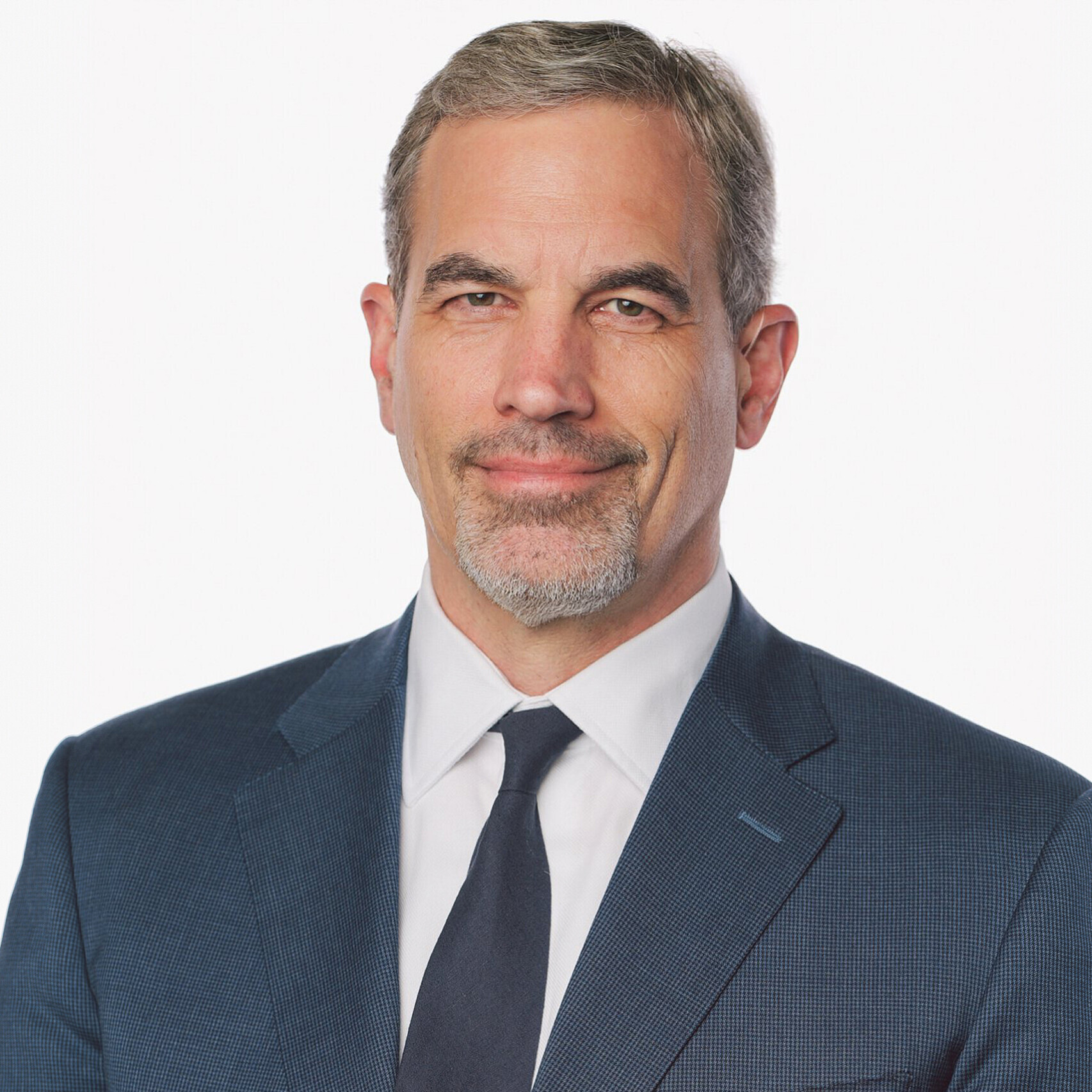


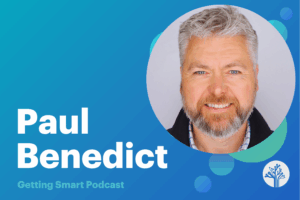
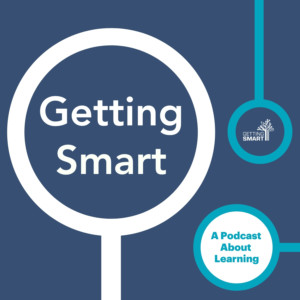

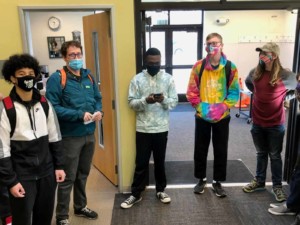

0 Comments
Leave a Comment
Your email address will not be published. All fields are required.